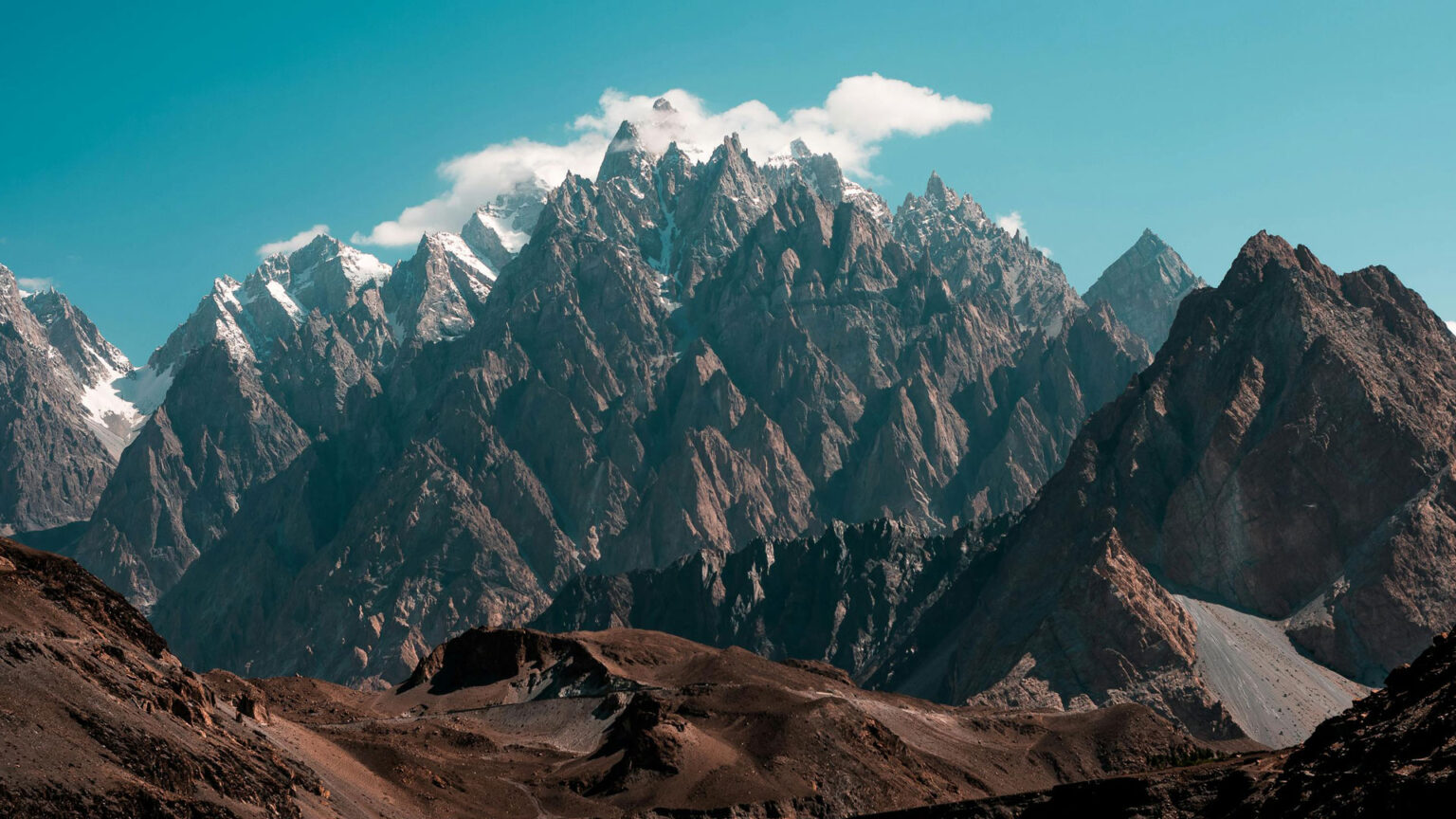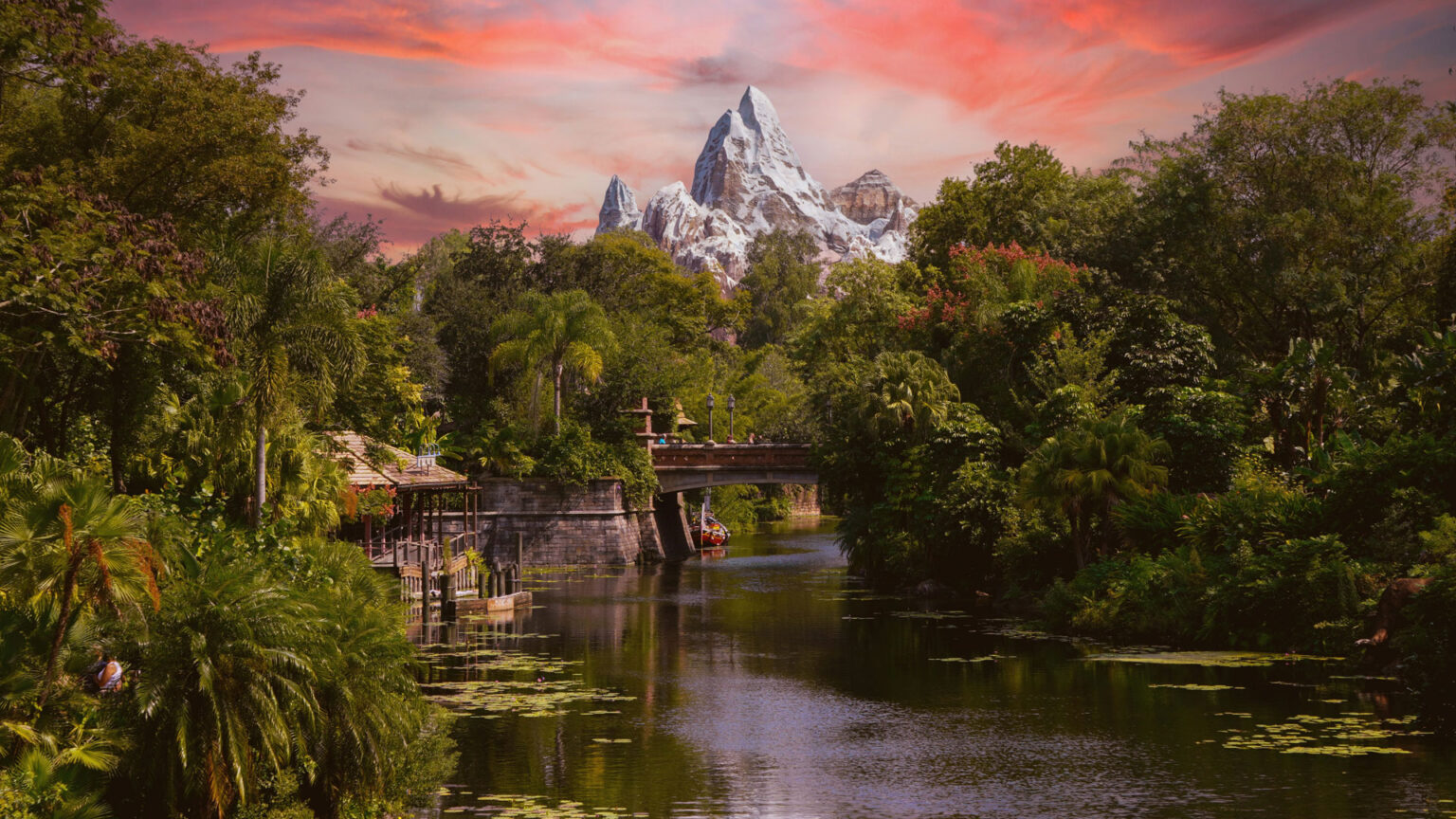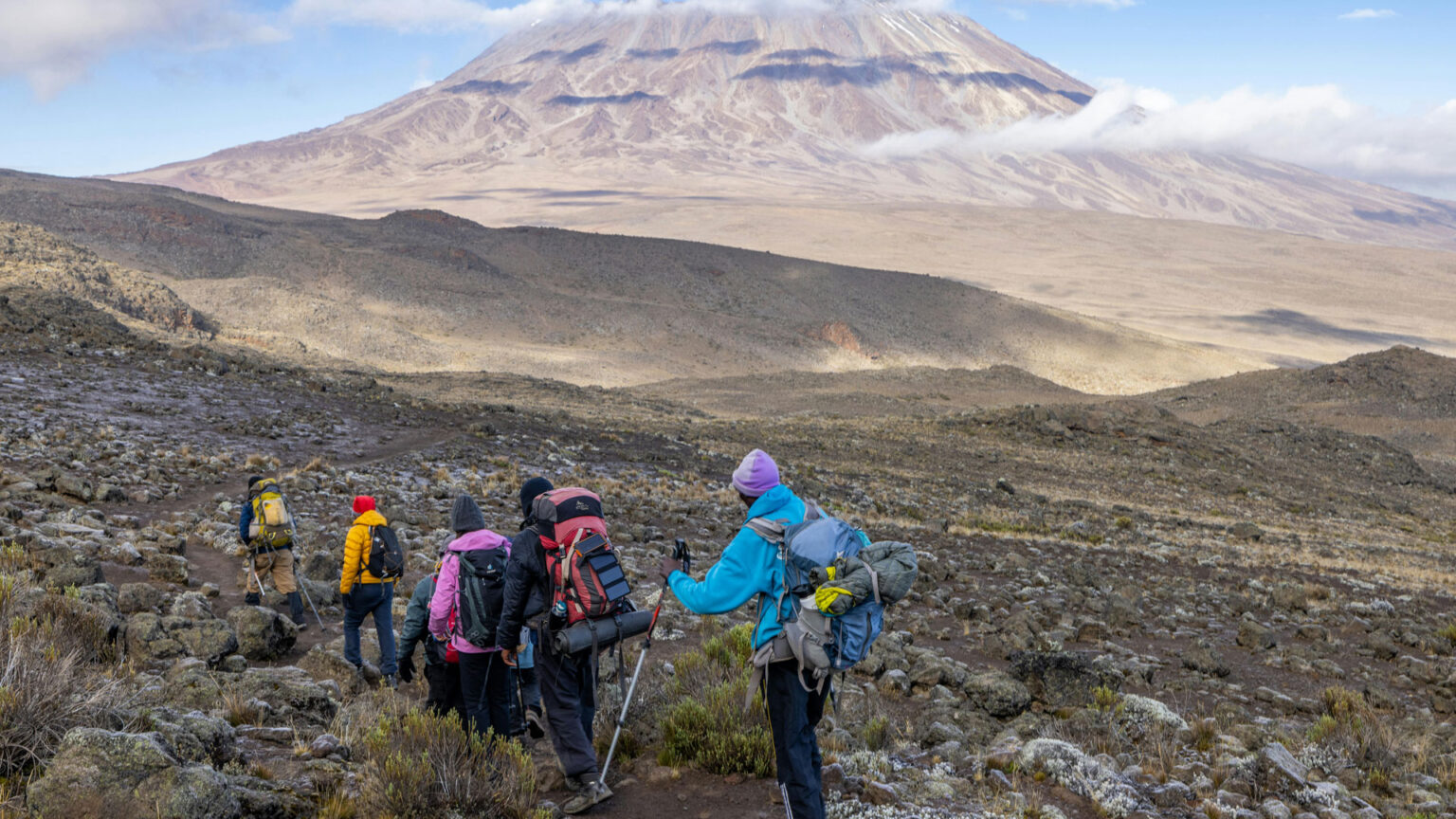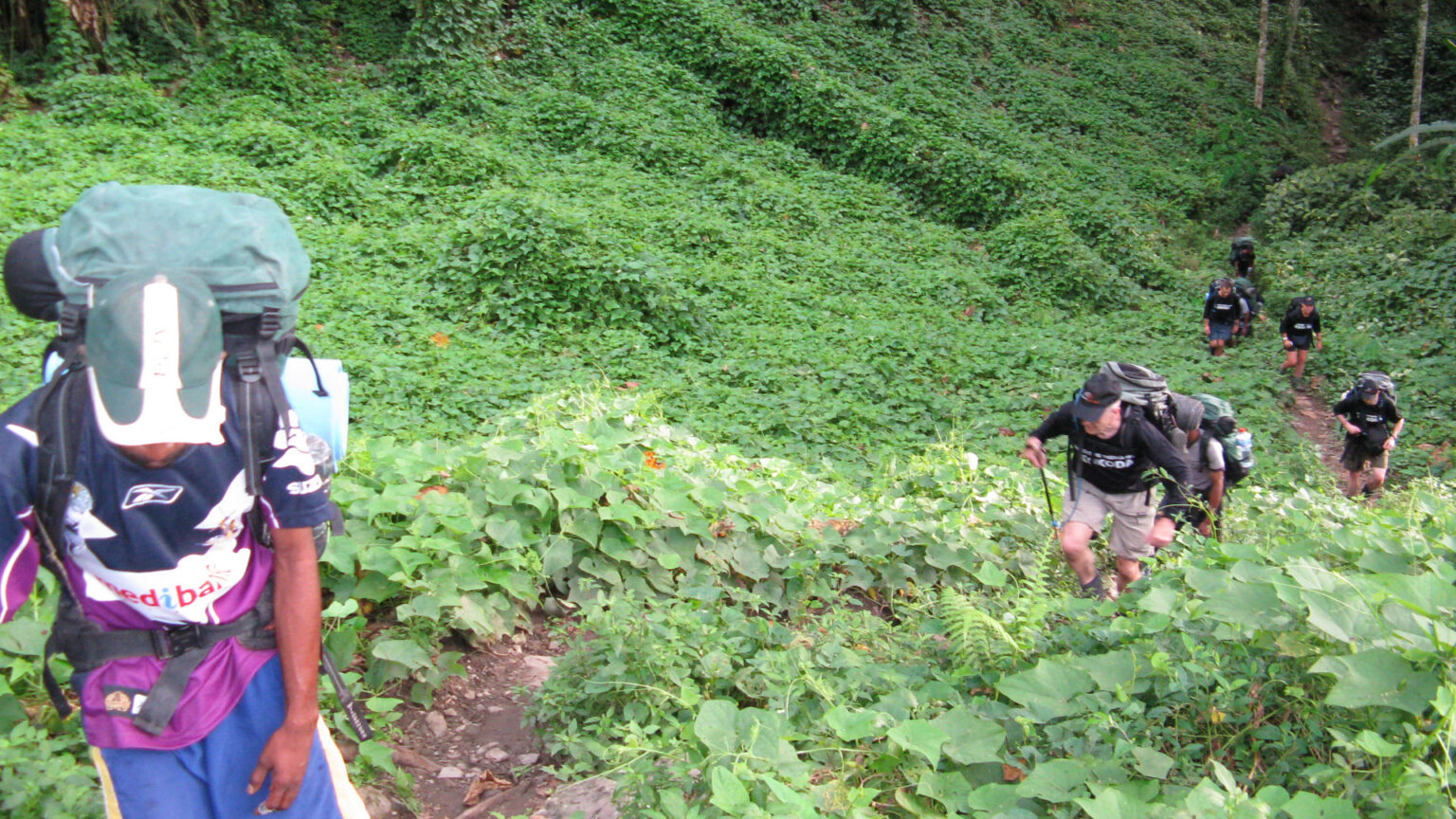Climbing K2: Conquering the Savage Mountain
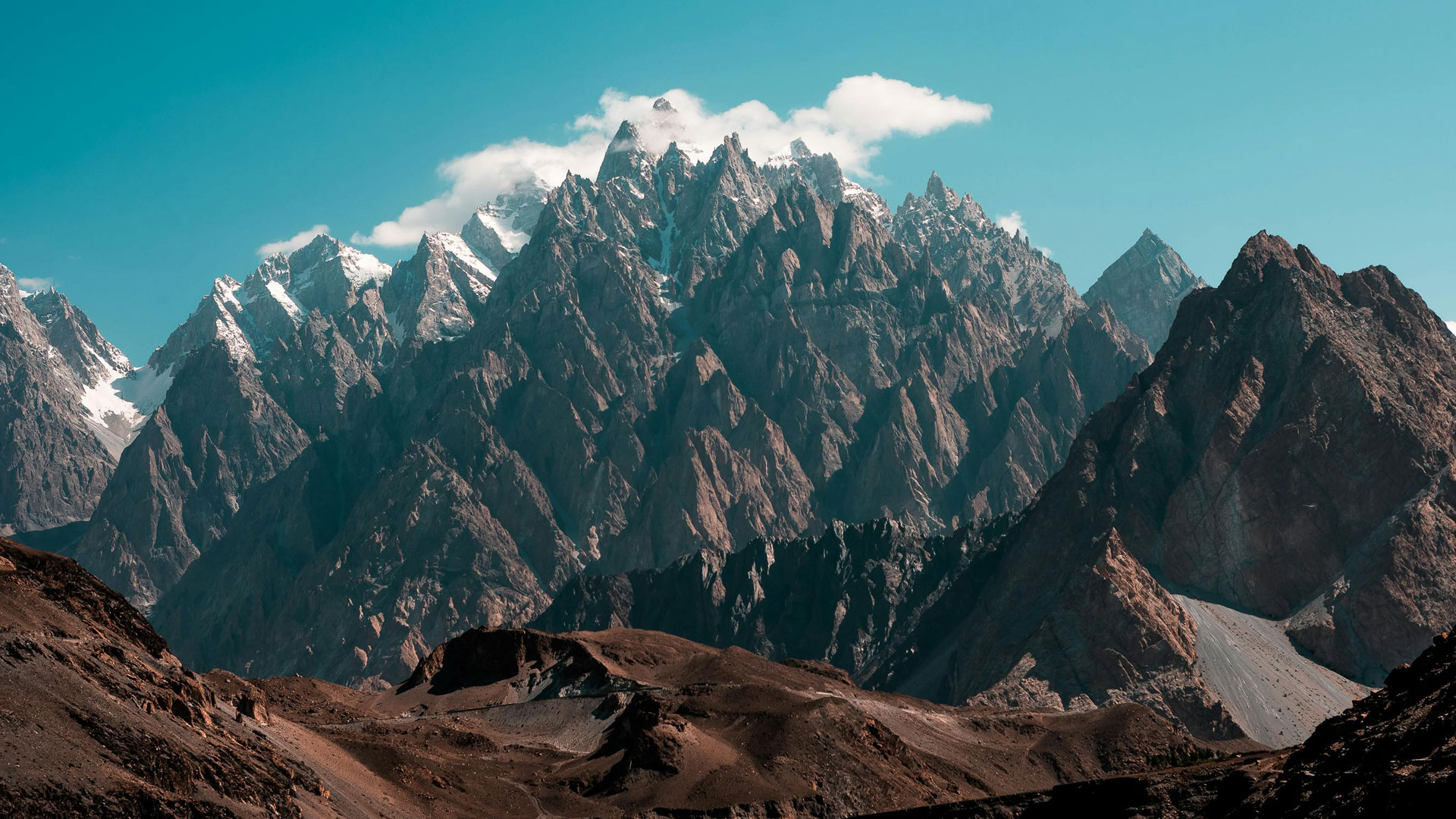
Climbing K2, the second-highest mountain in the world, is an adventure like no other. Located on the Pakistan-China border, K2 stands at 8,611 meters (28,251 feet) above sea level. This majestic mountain is part of the Karakoram range, a rugged and remote region known for its breathtaking scenery and formidable climbing challenges.
K2’s unique geography makes it a standout among the world’s highest peaks. Its base is surrounded by steep cliffs, and its slopes are covered with glaciers and crevasses. The mountain’s terrain is rugged, with rock faces and ice walls that demand technical expertise.
K2’s Extreme Reputation
K2 has earned its notorious reputation as the Savage Mountain due to its:
- Extreme weather conditions: Temperatures often drop below -60°C (-76°F), and wind speeds exceed 100 km/h (62 mph).
- Steep terrain: K2’s slopes are notoriously steep, with rock faces and ice walls.
- Remote location: Limited access to medical care increases the risk of serious injury or illness.
- Unpredictable weather patterns: Frequent snowstorms, avalanches, and crevasses.
These factors contribute to K2’s climb-to-death ratio of 22%, making it more hazardous than Mount Everest. Despite its challenges, many adventurers are drawn to Climbing K2 for its unparalleled scenic beauty, sense of accomplishment, and opportunity to push personal limits.
K2’s extreme reputation is rooted in its climbing history. The first successful ascent was made in 1954 by an Italian team led by Ardito Desio. Since then, numerous attempts have been made to conquer the mountain, with varying degrees of success.
The mountain’s unique combination of geography, weather, and remote location demands respect from climbers. Climbing K2 requires extensive mountaineering experience, technical expertise, physical endurance, and mental toughness.
In the climbing community, K2 is considered the ultimate challenge. Its extreme reputation attracts experienced climbers seeking to test their skills and push their limits.
Climbing History
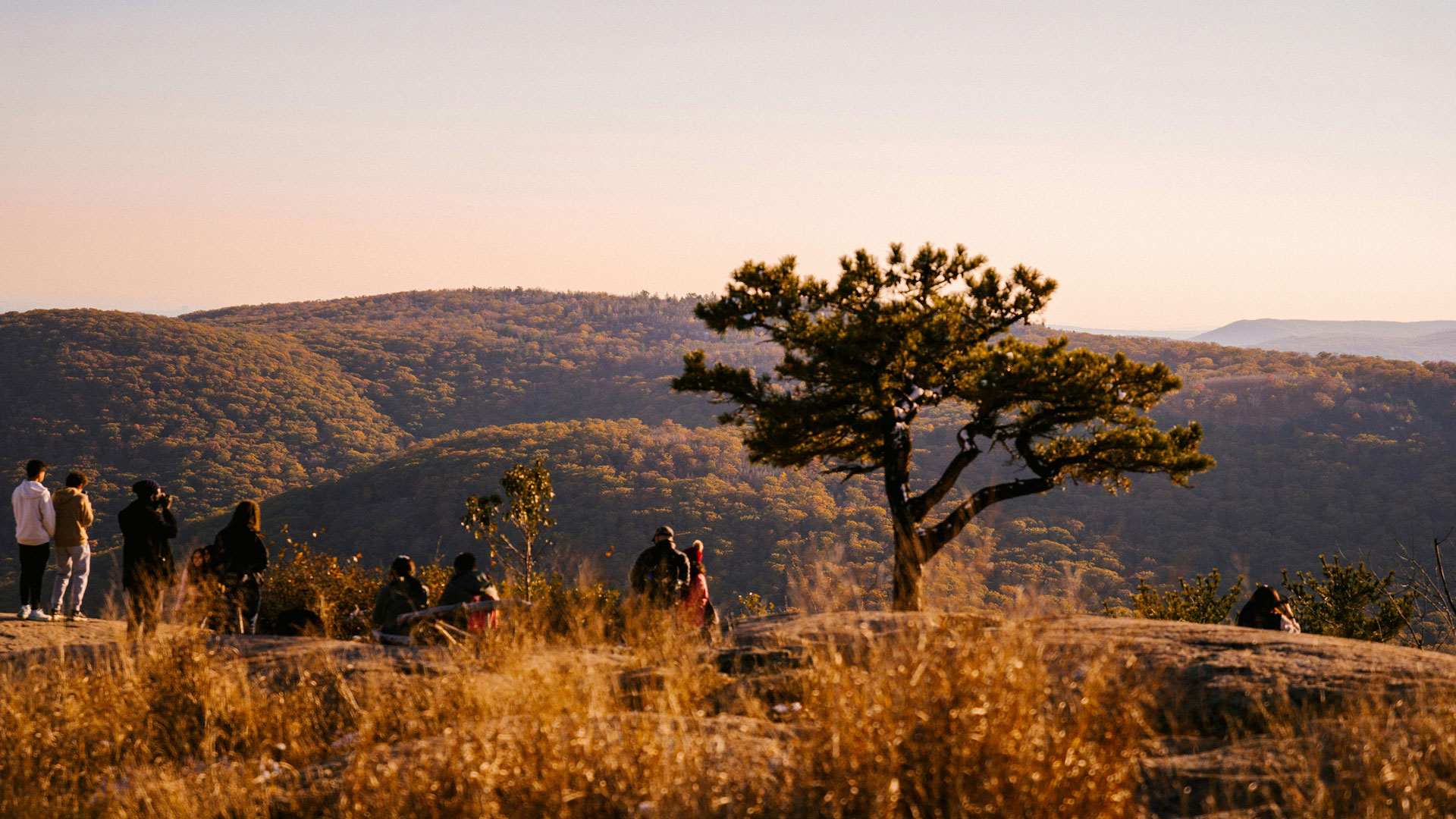
History of K2 Climbing Attempts
K2’s climbing history dates back to 1902 when Oscar Eckenstein led the first British expedition to explore the mountain’s potential. This pioneering effort sparked a series of attempts by various nations and teams. Since then, numerous expeditions have been undertaken to conquer K2:
- 1909: Luigi Amedeo, Duke of the Abruzzi, led an Italian expedition that reached 6,607 meters (21,680 feet), establishing a new altitude record.
- 1938: An American team led by Charles Houston reached 8,000 meters (26,247 feet), demonstrating the feasibility of high-altitude climbing.
- 1953: A British-Italian team reached 7,600 meters (24,934 feet), laying the groundwork for future successes.
The early attempts were marked by setbacks and tragedies, but each expedition contributed valuable knowledge and experience. Climbers faced numerous challenges, including:
- Harsh weather conditions
- Uncharted terrain
- Limited equipment and technology
- Remote location
Despite these obstacles, climbers continued to push forward, driven by a shared passion for exploration and discovery.
Notable Ascents and Successes
Despite the challenges, many notable ascents and successes have been achieved on K2:
- 1954: An Italian team led by Ardito Desio successfully reached the summit via the Abruzzi Spur, marking the first ascent.
- 1977: A French team led by Michel Parmentier completed the first ascent via the West Ridge, demonstrating innovative climbing techniques.
- 1981: A Polish team led by Jerzy Kukuczka made the first winter ascent, showcasing exceptional endurance.
- 1992: Ed Viesturs and Scott Fischer completed the first American ascent via the North Ridge, highlighting teamwork.
These achievements have inspired generations of climbers, demonstrating the potential for human achievement in the face of adversity.
Pioneering Climbers
Several pioneering climbers have left their mark on K2:
- Oscar Eckenstein: Led the first British expedition in 1902, paving the way for future attempts.
- Luigi Amedeo: Led the 1909 Italian expedition, setting a new altitude record.
- Ardito Desio: Led the successful 1954 Italian expedition, achieving the first ascent.
- Reinhold Messner: Completed the first solo ascent in 1980, showcasing exceptional skill.
These individuals have etched their names in the annals of climbing history, leaving a lasting legacy.
Recent Achievements
In recent years, climbers have continued to push the limits:
- 2004: A team of climbers completed the first ascent via the Northeast Ridge, demonstrating cutting-edge techniques.
- 2014: Trey Powell and Michele Fait completed the first ski descent, showcasing exceptional skill.
- 2019: A team of climbers established a new route on the Southeast Face, expanding the possibilities.
K2’s climbing history is marked by courage, perseverance, and innovation, inspiring future generations to explore and push the boundaries.
Climbing Routes
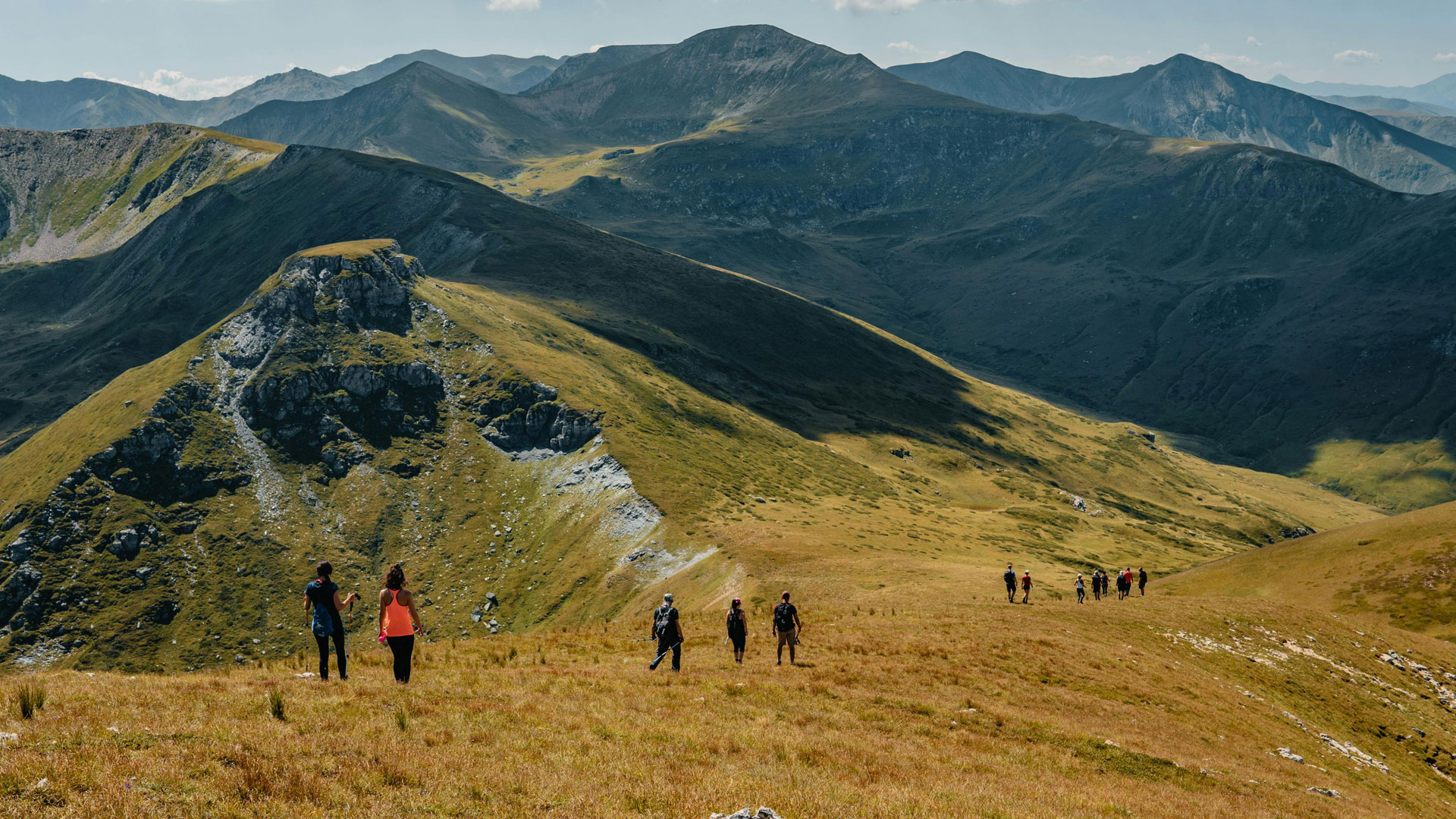
Overview of Popular Climbing Routes
K2 offers several climbing routes, each with unique challenges and breathtaking scenery. Climbers can choose from various routes, catering to diverse skill levels and experience. The most popular routes include:
- Abruzzi Spur: Named after Luigi Amedeo, Duke of the Abruzzi, this route follows the southeastern ridge. Climbers enjoy stunning views of the Karakoram range.
- Distance: Approximately 3,000 meters (9,842 feet)
- Difficulty: Grade 4-5 (Technical rock and ice climbing)
- Exposure: Moderate to high
- North Ridge: This technically demanding route requires expertise in rock and ice climbing.
- Distance: Approximately 3,500 meters (11,483 feet)
- Difficulty: Grade 5-6 (Advanced technical climbing)
- Exposure: High
- West Ridge: Considered one of the most difficult routes, with steep rock and ice walls.
- Distance: Approximately 4,000 meters (13,124 feet)
- Difficulty: Grade 6-7 (Expert-level technical climbing)
- Exposure: Extremely high
- Northeast Ridge: A challenging route with exposed terrain and unpredictable weather.
- Distance: Approximately 3,800 meters (12,467 feet)
- Difficulty: Grade 5-6 (Advanced technical climbing)
- Exposure: High
- Southwest Face: A steep and direct route, requiring advanced climbing skills.
- Distance: Approximately 2,500 meters (8,202 feet)
- Difficulty: Grade 5-6 (Advanced technical climbing)
- Exposure: Moderate to high
These routes vary in difficulty, length, and exposure, appealing to climbers with diverse skill levels.
Route Difficulties and Challenges
Each route presents distinct difficulties and challenges:
Abruzzi Spur:
- Steep rock and ice walls require technical expertise.
- Exposed terrain demands careful navigation.
- Unpredictable weather patterns necessitate flexibility.
North Ridge:
- Technical rock and ice climbing requires advanced skills.
- Narrow ledges increase exposure.
- Frequent avalanches pose significant risks.
West Ridge:
- Steep rock and ice walls demand exceptional technical ability.
- Unstable snow and ice formations increase risk.
- Remote location complicates rescue efforts.
Northeast Ridge:
- Exposed terrain requires careful navigation.
- Unpredictable weather patterns demand flexibility.
- Challenging navigation increases risk.
Southwest Face:
- Steep rock and ice walls require advanced technical skills.
- Limited anchor placement increases risk.
- High altitude poses additional challenges.
Climbers must carefully assess their skills, experience, and physical condition before selecting a route.
Technical Considerations
Climbers should consider the following technical factors:
- Rock and ice quality: Variable rock and ice conditions affect route difficulty.
- Poor quality rock increases risk of falls.
- Ice conditions impact anchor placement.
- Anchor placement: Limited anchor options increase risk.
- Natural anchors may be scarce.
- Artificial anchors require expertise.
- Crevasses: Glacier travel requires expertise.
- Crevasses pose significant risks.
- Navigation demands careful planning.
- Weather: Unpredictable weather patterns demand flexibility.
- Climbers must adapt to changing conditions.
- Weather forecasts are crucial.
Strategic Planning
To tackle K2’s routes, climbers should:
- Research: Study route conditions, weather patterns, and climbing reports.
- Analyze previous expeditions’ experiences.
- Consult with experienced climbers.
- Prepare: Develop technical skills, physical endurance, and mental toughness.
- Engage in extensive training.
- Build experience on smaller climbs.
- Teamwork: Collaborate with experienced climbers.
- Share knowledge and expertise.
- Enhance safety.
- Contingency planning: Prepare for emergencies.
- Establish emergency protocols.
- Develop rescue plans.
By understanding the routes, challenges, and technical considerations, climbers can navigate K2’s rugged terrain effectively.
Preparation and Training for Climbing K2
Climbing K2, the second-highest mountain in the world, demands meticulous preparation and unwavering dedication. Located on the Pakistan-China border, K2’s extreme terrain and unpredictable weather make it a formidable challenge. Climbers must be prepared to face temperatures as low as -60°C (-76°F) and winds exceeding 100 km/h (62 mph). The mountain’s steep slopes and exposed ridges require exceptional physical and mental endurance.
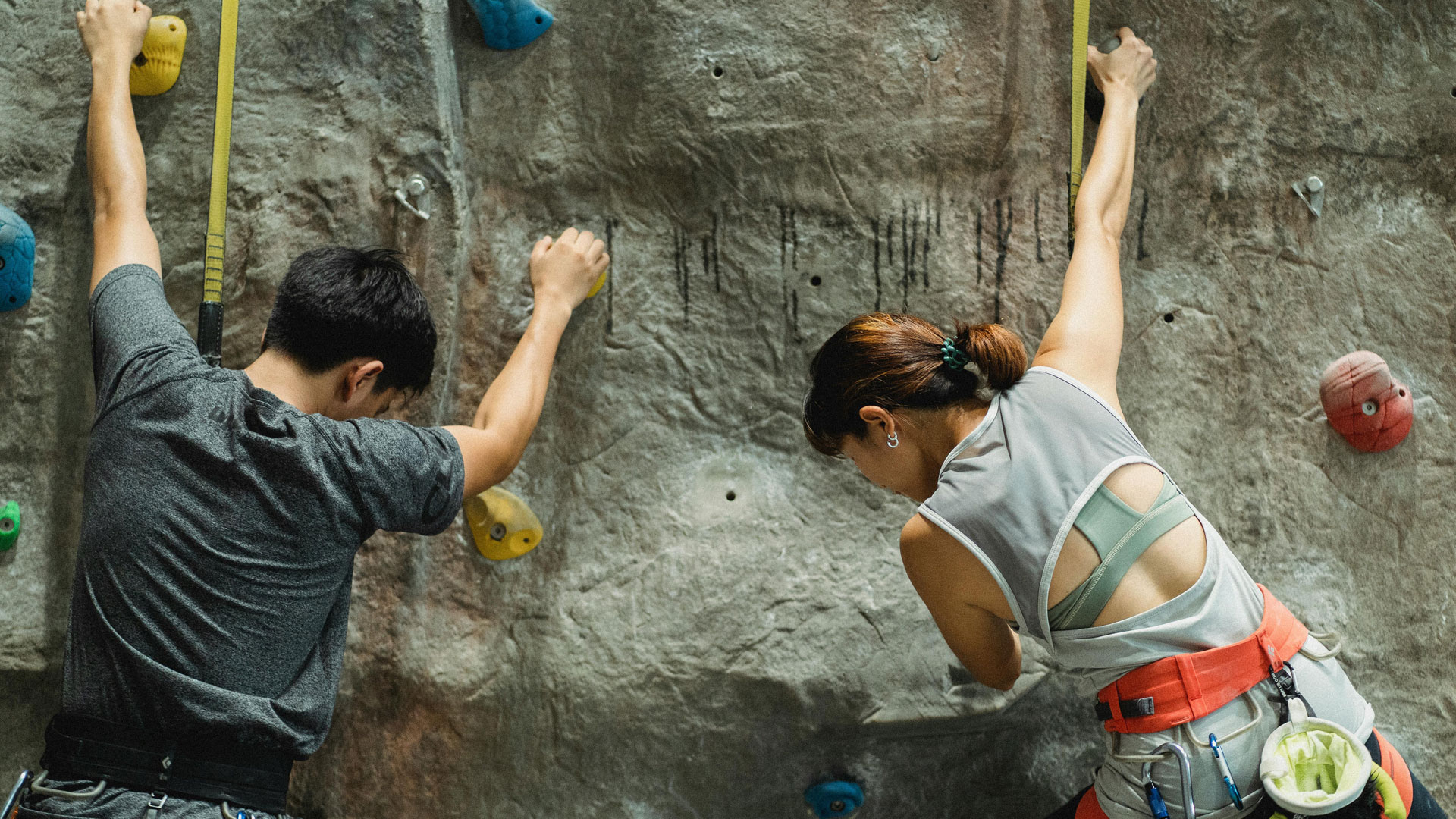
Physical Preparation for Climbing K2
To tackle K2’s rugged landscape, climbers must develop a comprehensive fitness plan:
- Cardiovascular endurance: Engage in cardio exercises (running, cycling, swimming) for at least 3-4 hours per week.
- Muscular strength: Incorporate weightlifting and bodyweight exercises to build leg, core, and upper body strength.
- Flexibility and mobility: Practice yoga and stretching to improve range of motion and prevent injuries.
- Altitude acclimatization: Gradually ascend to higher elevations (3,000-4,000 meters) and participate in simulation training.
- Endurance training: Engage in long-duration activities (8-12 hours) to build mental and physical resilience.
Mental Preparation and Mindset for Climbing K2
Climbing K2 requires mental resilience and a strong mindset:
- Develop a positive self-image: Focus on past successes and accomplishments.
- Visualization techniques: Imagine yourself successfully summiting K2.
- Meditation and mindfulness: Practice stress-reducing techniques to manage anxiety.
- Teamwork and communication: Foster strong relationships with fellow climbers and guides.
- Contingency planning: Prepare for emergencies and unexpected situations.
- Risk assessment: Continuously evaluate and manage potential hazards.
Necessary Gear and Equipment for Climbing K2
The right gear ensures safety and success:
- Crampons, ice axes, harnesses, and high-quality ropes.
- Insulated climbing boots, warm layers, and emergency shelters.
- First aid kits, communication devices (satellite phones, two-way radios), and oxygen supply.
- Navigation tools (GPS, compass, maps).
- Headlamps, flashlights, and spare batteries.
- Portable stoves, fuel, and cooking equipment.
Climbing K2: Additional Considerations
- Hire experienced guides or join reputable expeditions.
- Monitor weather forecasts and adjust plans accordingly.
- Stay hydrated (3-4 liters/day) and fueled with nutritious food.
- Plan for contingencies (weather delays, medical emergencies).
- Obtain necessary permits and follow local regulations.
Climbing Challenges: Overcoming K2’s Obstacles
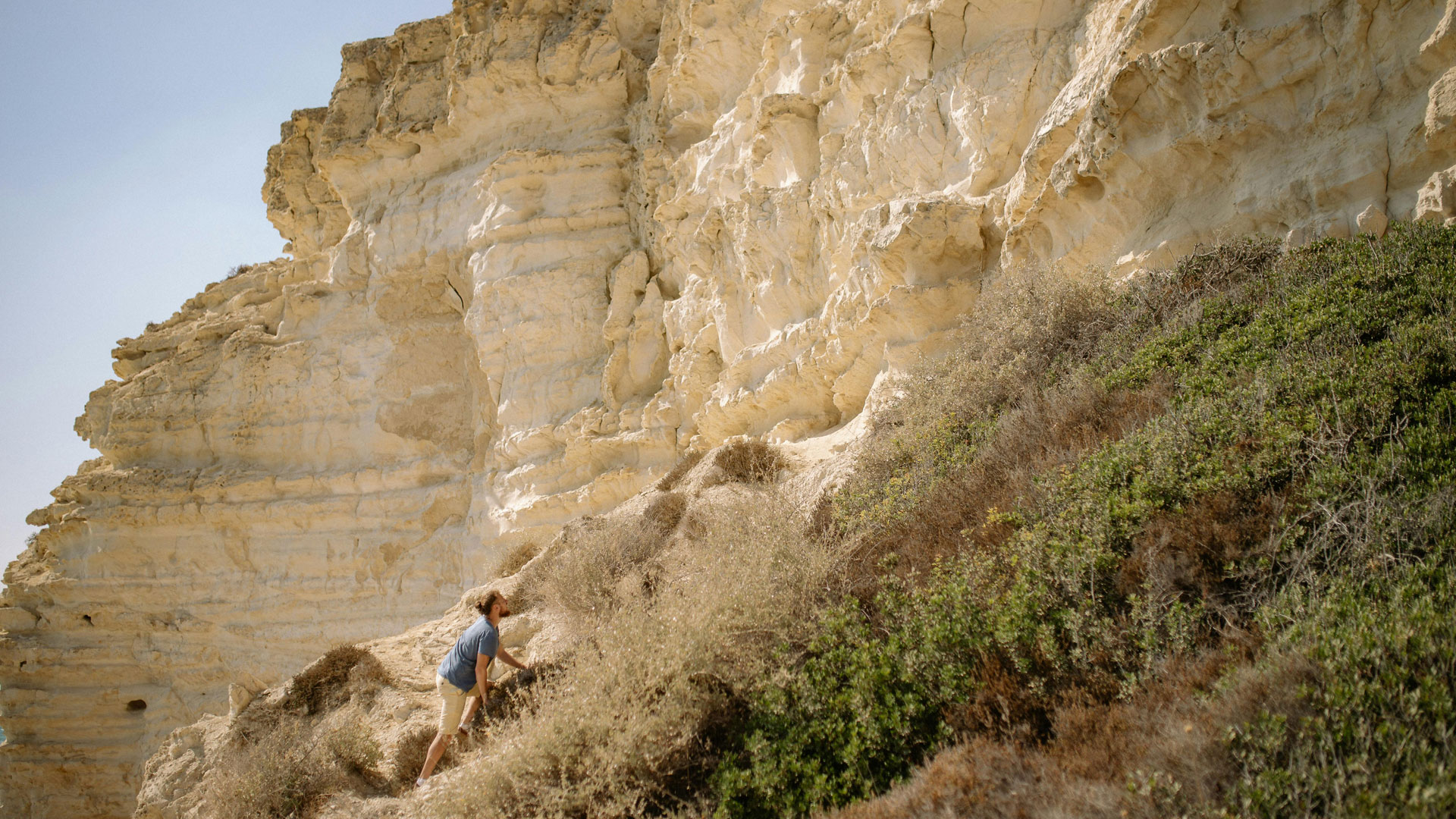
K2, known as the “Savage Mountain,” poses significant challenges to climbers. Understanding these obstacles is crucial for a successful ascent. Climbers must be prepared to face:
Extreme Weather Conditions
K2’s weather is notoriously unpredictable and harsh:
- Temperatures: Plummet to -60°C (-76°F) or lower, with wind chill factors.
- Winds: Reach speeds over 100 km/h (62 mph), causing windburn and frostbite.
- Snowstorms: Frequent, intense, and blinding, reducing visibility.
- Low visibility: Fog, snow, and cloud cover reduce visibility, increasing navigation risks.
To overcome these conditions:
- Monitor weather forecasts and updates from reliable sources.
- Prepare for sudden changes in weather, carrying essential gear.
- Use protective gear (gloves, goggles, face masks) to prevent frostbite and windburn.
- Develop strategies for navigating poor visibility, using GPS and maps.
Steep and Technical Terrain
K2’s terrain is daunting and demanding:
- Steep rock and ice walls require advanced climbing skills and techniques.
- Exposed ridges and narrow ledges increase risk, demanding focus and precision.
- Crevasses and glacier travel demand specialized knowledge and equipment.
- Complex route-finding necessitates experience, intuition, and navigation skills.
To tackle this terrain:
- Develop advanced climbing skills and techniques through training and experience.
- Use specialized gear (crampons, ice axes, ropes) and ensure proper maintenance.
- Assess terrain risks and make informed decisions, considering team safety.
- Navigate complex routes with precision, using maps, GPS, and guides.
Altitude Sickness and Acclimatization
Climbers must adapt to high altitude:
- AMS (Acute Mountain Sickness) symptoms: headaches, nausea, fatigue, and shortness of breath.
- Gradual acclimatization: ascend slowly, rest, and hydrate to prevent AMS.
- Oxygen depletion: above 8,000 meters (26,247 ft), increasing risk of altitude-related illnesses.
- Increased risk of altitude-related illnesses, such as HAPE and HACE.
To manage altitude risks:
- Understand AMS symptoms and warning signs, monitoring team health.
- Ascend gradually, allowing for acclimatization and rest.
- Monitor oxygen levels and manage depletion, using supplemental oxygen.
- Stay hydrated and fueled, maintaining energy levels.
Managing Risk and Staying Safe
Climbers must mitigate risks:
- Assess weather forecasts and terrain conditions, adjusting plans accordingly.
- Use proper gear and equipment, ensuring maintenance and functionality.
- Monitor physical and mental health, recognizing signs of exhaustion.
- Establish emergency protocols, including communication and evacuation plans.
Additional considerations:
- Experience and skill level: Ensure team members have relevant expertise and training.
- Guide support: Consider hiring experienced guides for added safety.
- Contingency planning: Prepare for emergencies, including medical and weather-related scenarios.
- Communication: Establish clear communication channels, ensuring seamless coordination.
Preparation is Key
To overcome K2’s challenges, climbers must:
- Research and understand the mountain’s conditions.
- Develop essential skills and knowledge.
- Prepare physically and mentally.
- Assemble a skilled and experienced team.
By understanding and addressing these challenges, climbers can minimize risks and increase their chances of a successful K2 ascent.
Personal Accounts: Insights from Experienced Climbers
Gain valuable insights from seasoned climbers who have tackled K2’s formidable slopes.
First-hand Stories from Experienced Climbers
Hear from climbers who have faced K2’s challenges:
- Overcoming fear and self-doubt
- Navigating treacherous terrain and extreme weather
- Managing physical and mental exhaustion
- Triumphing over adversity
Lessons Learned and Best Practices
Distill valuable lessons from experienced climbers:
- Preparation and planning strategies
- Risk management and mitigation techniques
- Teamwork and communication essentials
- Adaptation and resilience in the face of uncertainty
Some potential personal account sources:
- Climbing blogs and forums (e.g., The Climbing Life, Climbing Forum)
- Books and documentaries (e.g., “K2: The Savage Mountain”)
- Interviews with experienced climbers
- Online communities (e.g., Reddit’s r/climbing)
Example personal account:
“I’ll never forget the sheer exhaustion and doubt that crept in during our K2 ascent. But our team’s collective experience and communication saved us from disaster. We learned to trust each other’s instincts and adapt to changing conditions.” – Rachel, experienced climber
Safety Considerations: Mitigating Risks on K2
Climbing K2 demands careful attention to safety. Understand and manage risks to ensure a successful and safe ascent. Safety considerations are crucial to minimizing risks and ensuring a secure climbing experience.
Understanding and Managing Risk
Identify and assess potential hazards:
- Weather conditions: avalanches, crevasses, snowstorms, and low visibility
- Terrain difficulties: steep slopes, exposed ridges, rockfall, and icefall
- Altitude-related illnesses: AMS (Acute Mountain Sickness), HAPE (High-Altitude Pulmonary Edema), and HACE (High-Altitude Cerebral Edema)
- Equipment failure or improper use: harnesses, ropes, anchors, and carabiners
- Physical and mental exhaustion: fatigue, dehydration, and hypothermia
Implement risk management strategies:
- Research and planning: study weather forecasts, terrain maps, and climbing routes
- Climbing experience and skills assessment: evaluate team members’ expertise
- Gear inspection and maintenance: regularly check equipment condition
- Weather forecasting and monitoring: stay informed about changing conditions
- Contingency planning: prepare for emergencies and unexpected events
Consider the following risk management principles:
- Identify hazards and assess likelihood and impact
- Implement controls to mitigate or eliminate risks
- Monitor and review risk management strategies
- Continuously update knowledge and skills
Emergency Preparedness and Response
Develop an emergency response plan:
- First aid kit and medical supplies: basic life support, wound management, and pain management
- Communication devices: satellite phone, two-way radio, and emergency beacons
- Emergency shelter and warmth: tents, sleeping bags, and portable stoves
- Evacuation protocols: establish extraction routes and emergency contact information
- Rescue team contact information: local search and rescue teams and guide services
Understand emergency procedures:
- Avalanche response: rescue techniques, avalanche transceivers, and probe deployment
- Crevasse rescue: rope systems, anchors, and pulley systems
- Altitude sickness treatment: recognition, stabilization, and descent
- Injury stabilization and transport: splinting, bleeding control, and litter deployment
Regularly practice and update emergency response skills:
- Simulation training and drills
- Scenario-based training
- Regular equipment checks and maintenance
Climbing with a Partner/Team
Benefits of climbing with others:
- Shared knowledge and expertise: divided responsibilities and collective decision-making
- Enhanced risk management: mutual monitoring and risk assessment
- Mutual support and motivation: teamwork and camaraderie
- Improved communication: clear communication channels and regular check-ins
Key partner/team considerations:
- Experience and skill level compatibility: balanced team dynamics
- Clear communication and decision-making: defined roles and responsibilities
- Defined roles and responsibilities: leadership, navigation, and safety oversight
- Regular check-ins and status updates: continuous monitoring and feedback
Additional safety resources:
- American Alpine Club (AAC) safety guidelines
- International Federation of Mountain Guides Associations (IFMGA) standards
- National Park Service (NPS) climbing regulations
- Local guide services and search and rescue teams
Conclusion: The Allure of K2
K2, the “Savage Mountain,” stands as a formidable challenge to climbers worldwide. Its unforgiving terrain, unpredictable weather, and altitude-related risks demand utmost respect and preparation.
Recap of K2’s Challenges and Rewards
Climbing K2 requires:
- Physical endurance and mental toughness
- Advanced technical skills and experience
- Careful planning and risk management
- Adaptability and resilience
In return, climbers are rewarded with:
- Breathtaking views of the Karakoram range
- Sense of accomplishment and personal growth
- Unparalleled adventure and exploration
- Lifetime memories and camaraderie
Inspiration for Future Climbers
K2’s allure extends beyond its summit:
- Pushing human limits and exploring the unknown
- Building resilience and overcoming fear
- Forming lasting bonds with fellow climbers
- Contributing to the climbing community’s collective knowledge
For those inspired to tackle K2:
- Research and prepare thoroughly
- Develop essential skills and experience
- Respect the mountain’s power and unpredictability
- Draw inspiration from seasoned climbers’ stories
Embarking on a K2 climb requires unwavering dedication and passion. As you embark on this journey, remember:
“The greatest adventure is what lies ahead.” – J.R.R. Tolkien

